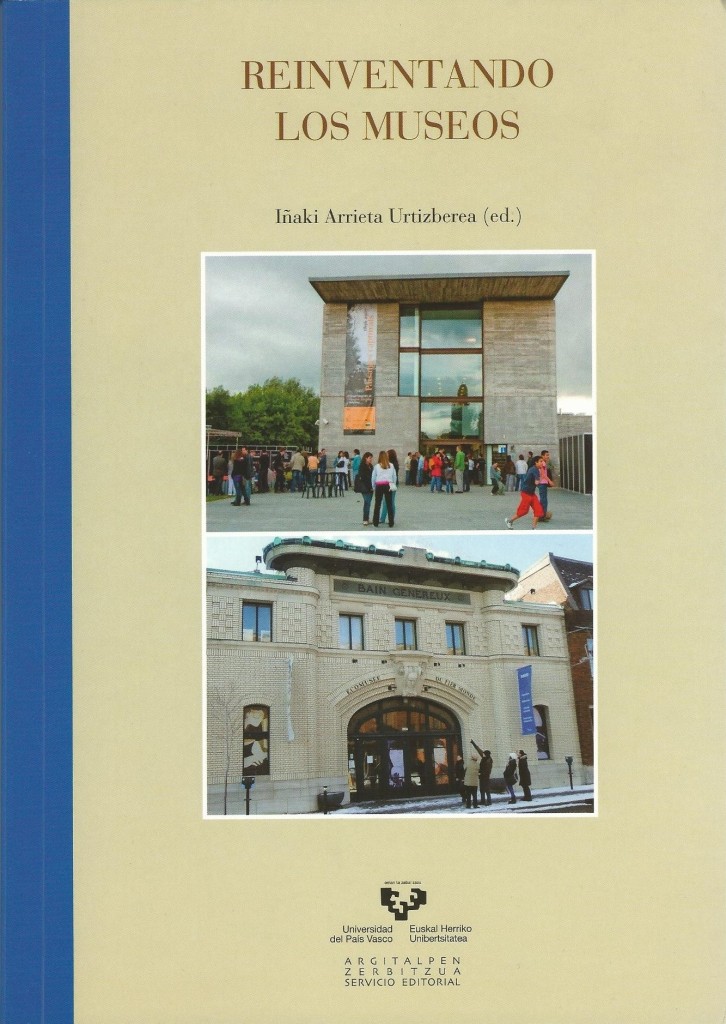
26 Oct Towards a Networked-Museum Management Model? PostCrisis, Benchmarking and the Basque City-Region
This present chapter is originally a development of the previous one in the same theme, with two main objectives: 1.- to present a Networked-Museum Management Model and 2.- to carry out 4-case studies (Catalunya, Quebec, Portugal and UK) benchmarking towards the presented Model.
—
The full bibliographic reference of the chapter is as follows:
Calzada I. & Barandiaran, K. (2013), ¿Hacia un Modelo de Gestión de Museos en Red (MGMenRed)? PostCrisis, Benchmarking y Euskal Hiria, in ARRIETA, I. (ed.): Reinventado los Museos, Bilbao, Universidad del País Vasco, pp.201-223.
Since 2008, I started becoming interested in museums. Some intervention projects in which I was working on as the Project Director, such as Kultur Fundazioa (the Culture Institute for the Province of Gipuzkoa) and Tabakalera (the foundational project, not the present one), gave me the opportunity to analyze this kind of cultural organization from inside. Indeed, my initial approach was driven by the mixture between Culture, Knowledge, Management & Innovation and that was my first article published in 2005 in Euskonews and in Ekonomiaz Journal, Revista Vasca de Economía.
Museums could be grouped into different thematic categories. Nevertheless, what draws my attention in museums is how close they could be from the social agents and stakeholders and, by contrast, how a far, opaque and sometimes silo-based old management style drives the management model of museums. As a consequence, I always thought that museums should play a key role in society strategically addressing different aims such as:
- Firstly, to be social innovation centres for territories at the macro* level.
- Secondly, to identify contradictions and dysfunctions at the meso* level as a cultural catalyst institution, not only keeping the memory of the place but also challenging it.
- And finally, to shake and invigorate the social fabric at the micro* level by means of educational and experiential material that connects the local and the global challenges towards new translocal connections.
* It could be worth reading the book: #MacroMesoMicro
This book chapter presents:
- a previous book chapter, dated in 2011
- a conference in Spain on November 8th, 2013, at the University of Navarra.
- a roundtable paper in Denmark on January 24th, 2014, at the Design Museum in Trapholt, in Kolding.


Sorry, the comment form is closed at this time.